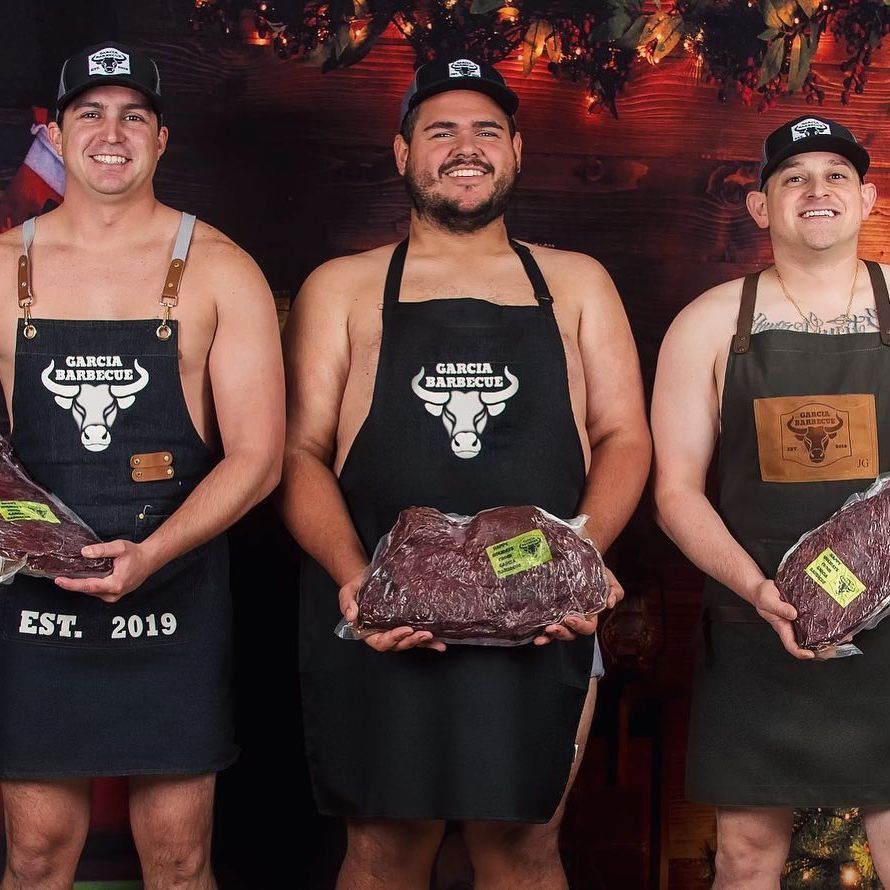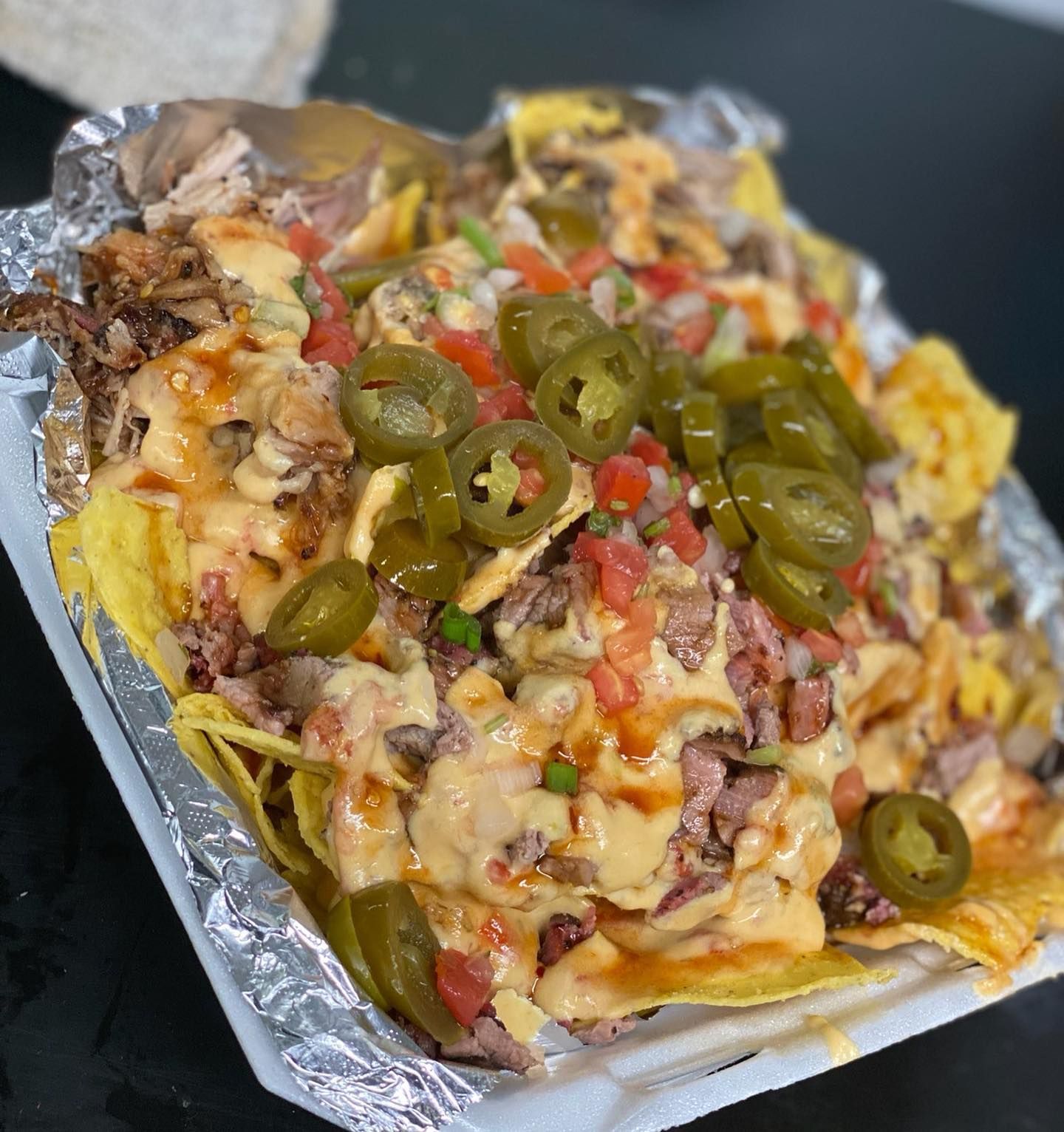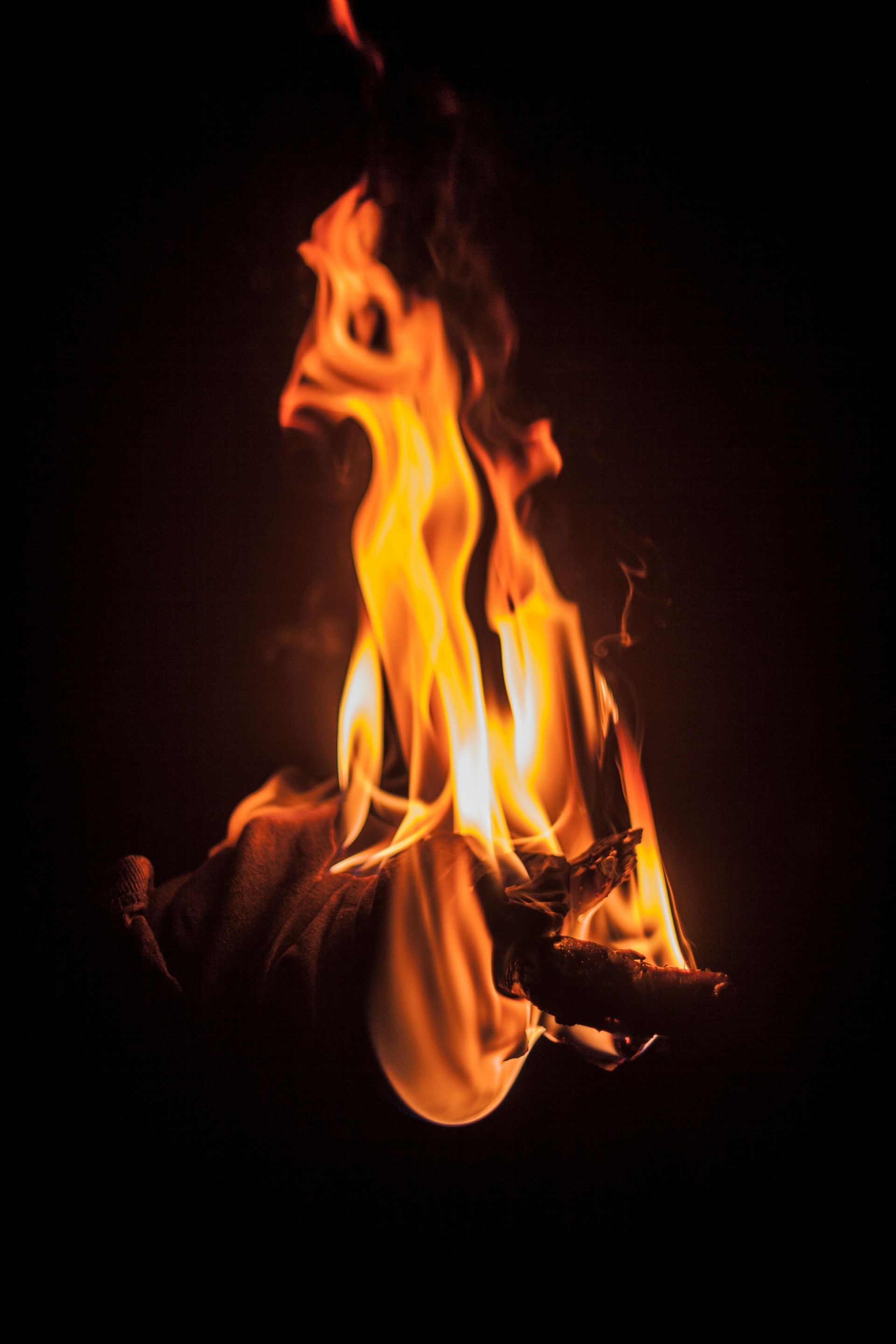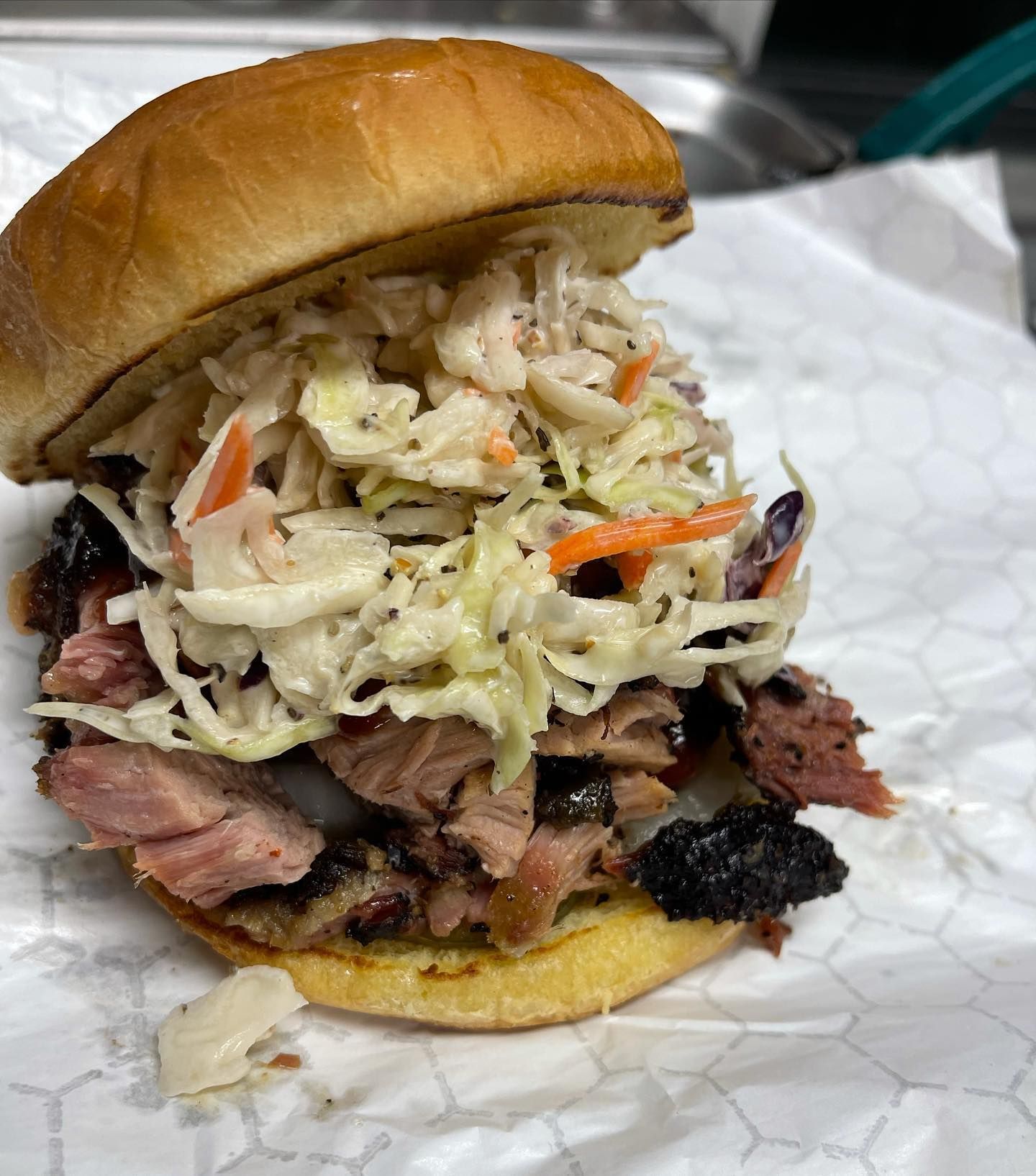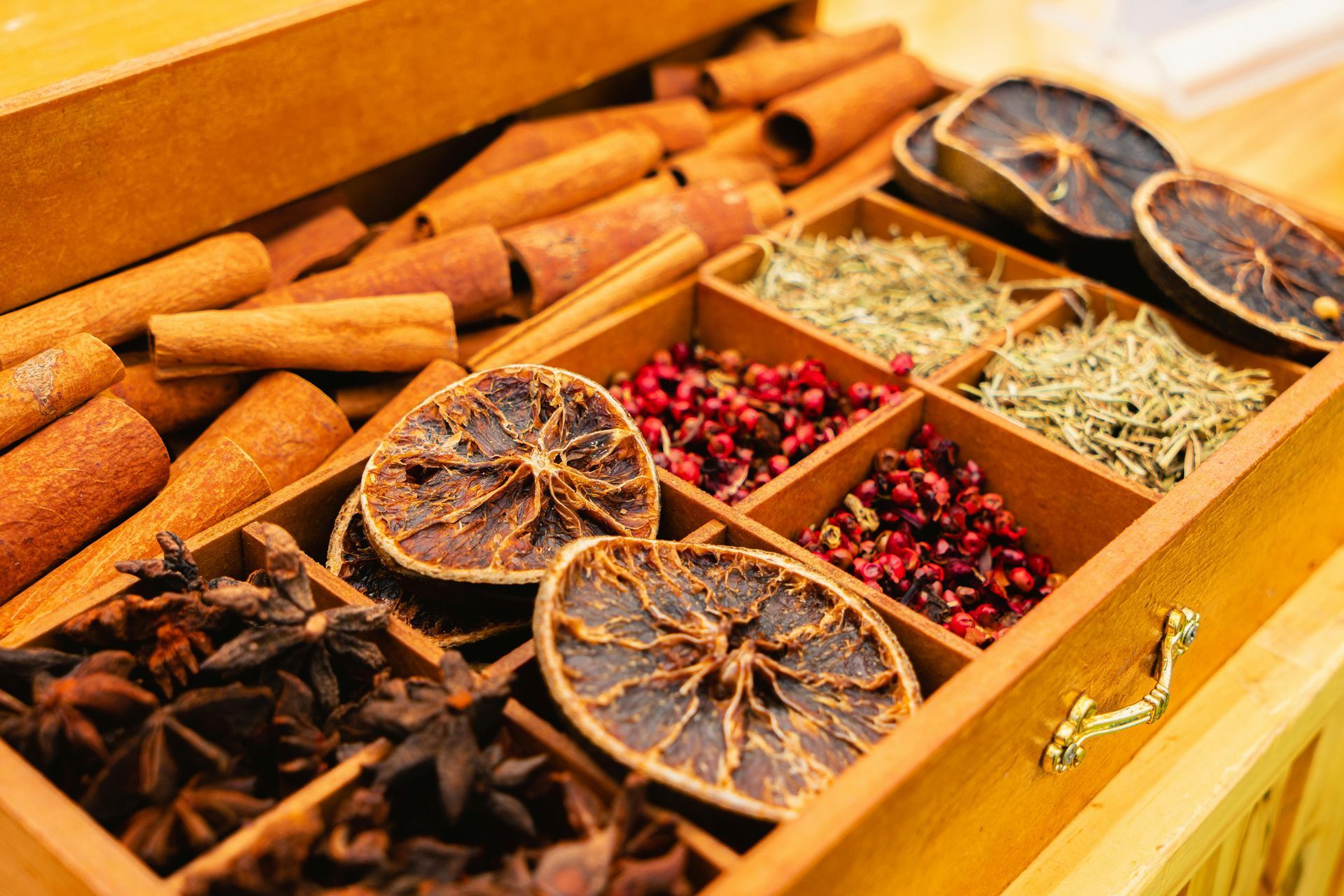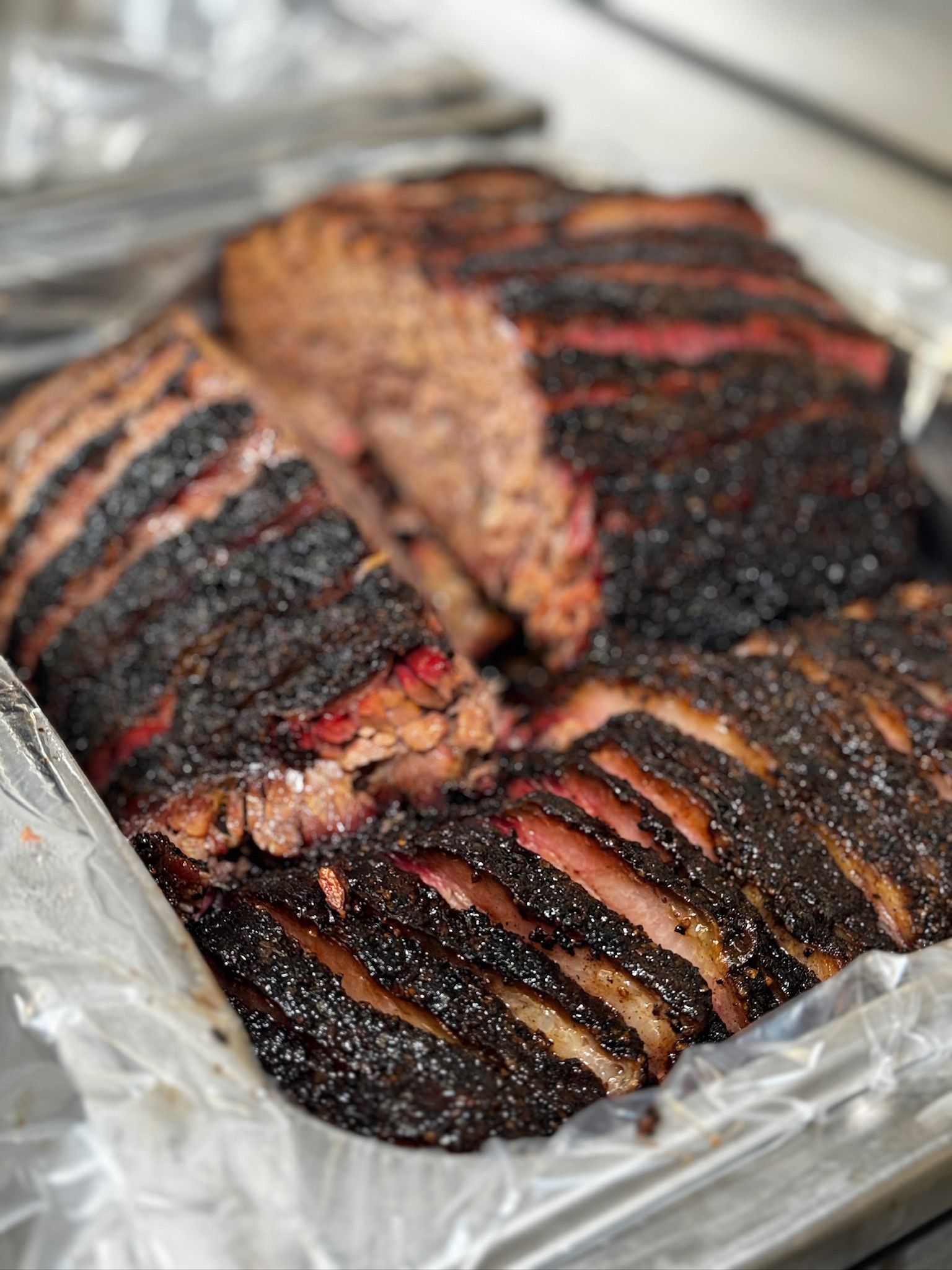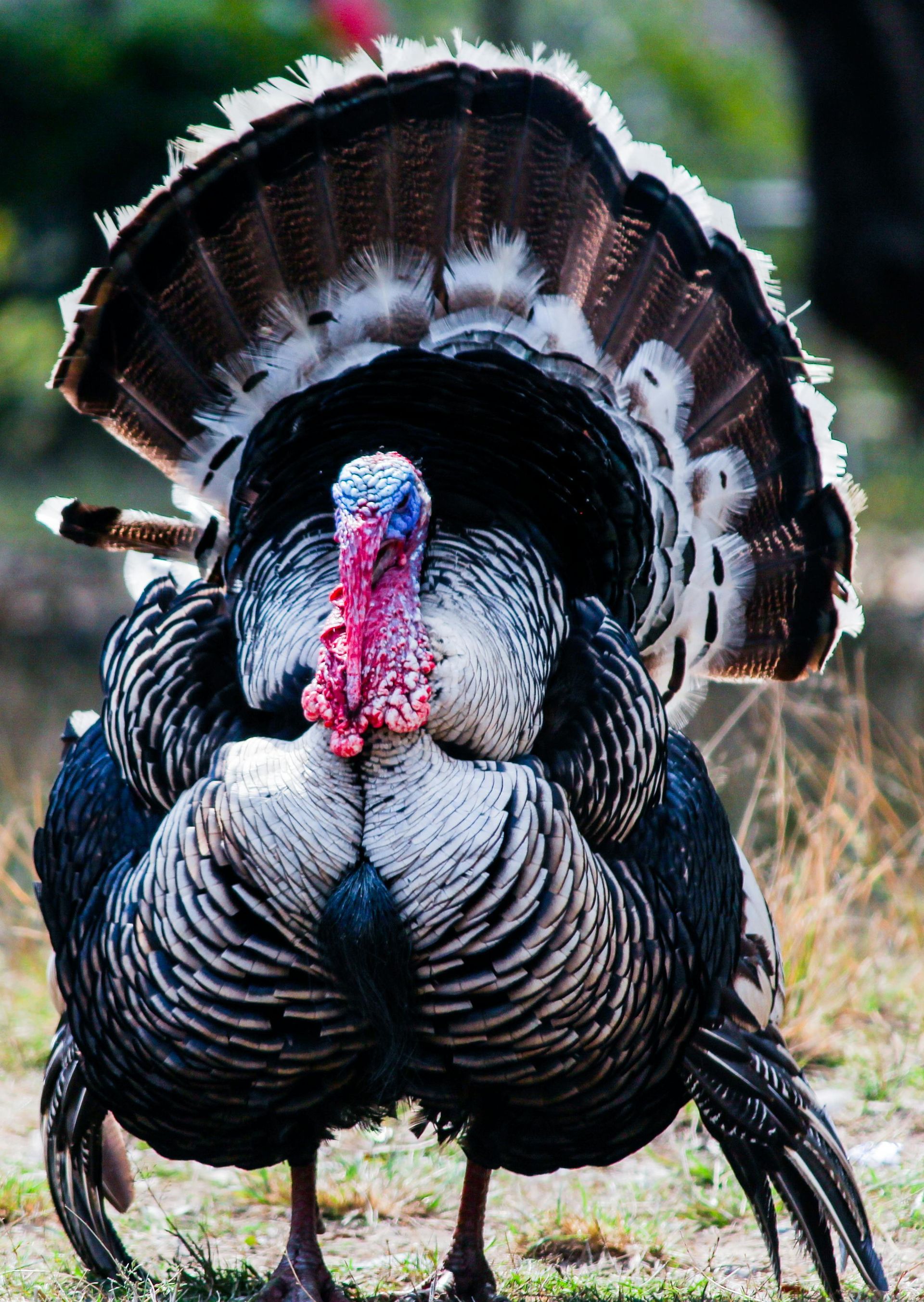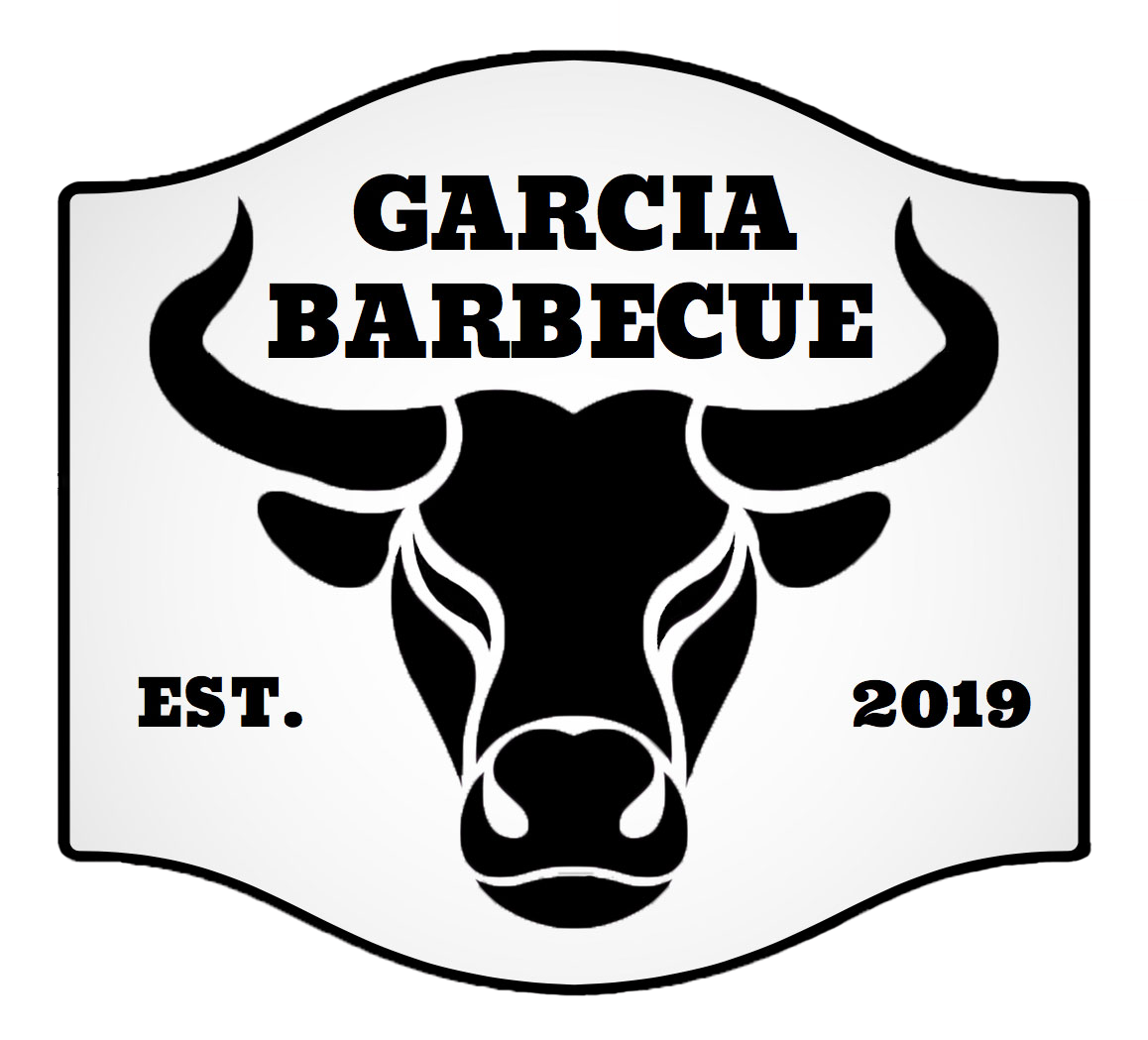The Art of Pitmaster: Behind the Scenes at Garcia Barbecue
At Garcia Barbecue, we believe that true Texas barbecue is more than just a cooking process—it’s an art form. It’s a practice that has been perfected over generations, a combination of craftsmanship, patience, and an understanding of how flavors work together. The real magic happens in the pit, where our meats are smoked low and slow, absorbing deep, smoky flavors while becoming tender and succulent. This process, which we call the Pit Action, is what sets Garcia Barbecue apart and makes our barbecue so unforgettable.
In this blog, we’ll take you behind the scenes to explore every step of our Pit Action Process. From selecting the right wood and controlling the fire to managing the smoke and ensuring the perfect tenderness, we’ll explain how we take the time-honored methods of Texas barbecue and turn them into the mouthwatering dishes you enjoy at Garcia Barbecue.
1. The Foundation: Wood Selection and Fire Control
The first step in the Pit Action Process is perhaps the most crucial: selecting the right wood for the fire. At Garcia Barbecue, we don’t just see wood as fuel—it’s an essential ingredient that imparts flavor to the meat. The type of wood we use plays a major role in defining the smoky, rich flavors that our customers love.
Wood Matters: Post Oak
In traditional Texas barbecue ,post oak is the most commonly used wood, and for good reason. At Garcia Barbecue, we use a blend of both to achieve the perfect smoke. This wood burns slow and steady, producing a mild smoke that is ideal for long cooks like brisket. It imparts a subtle smoky flavor that enhances the natural taste of the meat without overpowering it.
Building the Fire: Creating the Perfect Base
Once we’ve selected the right wood, the next step is to build the fire. This process is crucial because the fire has to burn cleanly to produce the best smoke. We start by placing smaller pieces of oak into the pit to establish a strong, hot bed of coals. These coals will become the foundation for the entire smoking process, helping to maintain a steady temperature throughout the cook.
As the fire grows, we begin adding larger logs of oak to maintain a steady burn. Our goal is to create a fire that burns consistently, producing thin blue smoke. This kind of smoke is the key to great barbecue because it evenly penetrates the meat, adding flavor without overwhelming it. Thick, billowing white smoke, on the other hand, can give the meat a harsh, bitter taste.
Fire control is an essential skill in the Pit Action Process. Our pitmasters constantly monitor the temperature of the pit, adjusting the airflow through dampers to control how much oxygen feeds the fire. More oxygen makes the fire burn hotter; less oxygen slows it down. This balance is what allows us to cook our meats at the low, steady temperatures that are essential for great barbecue.
2. Prepping the Meat: Getting Ready for the Pit
Before our meats ever hit the smoker, they go through a meticulous preparation process. Each cut of meat has its own unique qualities that require different approaches to trimming, seasoning, and smoking. Whether it’s brisket, pork ribs, or turkey, the goal is the same: to enhance the natural flavor of the meat while ensuring it absorbs the smoke as it cooks.
Brisket: The King of Texas Barbecue
Brisket is the crown jewel of Texas barbecue, and at Garcia Barbecue, we take extra care in preparing this iconic cut. The first step is selecting high-quality brisket with plenty of marbling. Marbling refers to the fat interspersed throughout the meat, and it’s crucial because this fat melts during cooking, basting the meat from the inside and keeping it moist.
After selecting the brisket, we trim away any excess fat while leaving a thin layer, which will render during the cook and help create the prized bark on the exterior. Next, we season the brisket with our signature rub, which typically includes salt, black pepper, garlic powder, and a few secret spices. This dry rub forms the foundation of the bark—the flavorful crust that forms on the outside of the brisket during smoking.
Once the brisket is prepped, it’s ready for the pit, where it will spend the next 12 to 16 hours smoking low and slow.
Pork Ribs: A Different Approach
Pork ribs are another barbecue favorite, and they require a different approach than brisket. We start by removing the membrane from the back of the ribs, which helps the seasoning and smoke penetrate the meat more effectively. For ribs, we use a rub that’s slightly sweeter and spicier than what we use on brisket. It typically includes brown sugar, chili powder, cayenne, and paprika, creating a flavor profile that balances sweetness, heat, and smoke.
The ribs are then smoked for several hours, allowing the fat to render and the meat to become tender while the dry rub forms a caramelized crust on the surface.
Other Cuts: Sausages, Turkey, and More
While brisket and ribs are the stars of Texas barbecue, we also smoke other cuts like sausage and turkey. Each cut requires special attention to ensure it absorbs the right amount of smoke without drying out. Sausages are typically smoked for shorter periods, while turkey benefits from a lower temperature and slower cook to keep the white meat juicy and flavorful.
3. The Smoking Process: Low and Slow
The essence of great barbecue lies in the slow smoking process. At Garcia Barbecue, we embrace the "low and slow" method, where meats are smoked at low temperatures (225°F to 250°F) over a long period. This allows the meat to cook evenly, break down connective tissues, and absorb the flavors of the smoke.
The Role of Temperature Control
Throughout the smoking process, maintaining a consistent temperature is crucial. Fluctuations in heat can cause the meat to cook unevenly or dry out. That’s why our pitmasters are constantly monitoring both the internal temperature of the smoker and the internal temperature of the meat.
For brisket, the ideal internal temperature for doneness is between 195°F and 205°F. This is when the collagen in the meat has fully broken down, resulting in a tender, melt-in-your-mouth texture. We rely on both thermometers and intuition to know when the brisket is ready, as experience is just as important as technology in the Pit Action Process.
The Importance of the Bark
As the meat smokes, it develops a dark, flavorful crust known as the bark. This bark is created through a combination of the dry rub, smoke, and the Maillard reaction, which occurs as the surface of the meat heats up and browns. The bark is a critical component of great barbecue because it adds texture and depth of flavor, creating a contrast with the tender meat inside.
The Smoke Ring: A Sign of Great Barbecue
One of the hallmarks of well-smoked meat is the smoke ring—a pinkish layer just beneath the surface of the meat. This ring forms as a result of a chemical reaction between the gases in the wood smoke and the moisture in the meat. While the smoke ring doesn’t affect flavor, it’s a visual indicator that the meat has been properly smoked, and it’s a source of pride for any pitmaster.
4. The Resting Period: Sealing in the Juices
After hours of smoking, the meat still isn’t ready to serve—it needs time to rest. Resting allows the juices to redistribute throughout the meat, ensuring that every bite is juicy and flavorful. If the meat is sliced too soon, the juices will escape, leading to a drier final product.
For brisket, we let it rest for at least 30 minutes, often longer, wrapped in butcher paper or foil to keep it warm. The resting process also helps the bark to firm up, creating the ideal texture for slicing.
5. Slicing and Serving: The Final Touch
Once the meat has rested, it’s time for the final step: slicing and serving. This might seem like a simple task, but there’s a right way to slice each type of meat to ensure it’s tender and easy to eat. For brisket, we always slice against the grain, which shortens the muscle fibers and makes the meat more tender. With ribs, we cut between the bones, making sure each rib has a good portion of bark and juicy meat.
At Garcia Barbecue, we believe that great barbecue is best enjoyed with great sides. That’s why we offer a selection of classic sides—like coleslaw, potato salad, and smoked queso—to complement our smoked meats. Each side is designed to enhance the flavors of the barbecue, creating a complete and satisfying meal.
Conclusion: The Pit Action Process at Garcia Barbecue
Our Pit Action Process is the heart and soul of Garcia Barbecue. It’s a process that requires skill, patience, and a deep understanding of how smoke, heat, and meat work together. Our pitmasters have spent years honing their craft, learning from every cook, and perfecting the techniques that make our barbecue stand out.
Whether it’s the selection of the wood, the careful monitoring of the fire, or the way we season and slice the meat, every step of the Pit Action Process is designed to bring out the best in each cut of meat. The result is barbecue that’s tender, flavorful, and uniquely Texas.
At Garcia Barbecue, we take pride in the art of barbecue. Our Pit Action Process is the key to creating the smoky, tender, and flavorful meats that our customers know and love. It’s a process that blends tradition with technique, and it’s the reason why every bite of our barbecue is packed with rich, smoky flavor.
So next time you enjoy a plate of brisket, ribs, or sausage from Garcia Barbecue, know that behind every delicious bite is hours of hard work, dedication, and the time-honored Pit Action Process that defines our craft.

